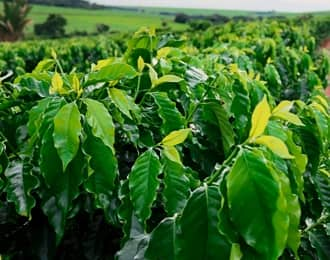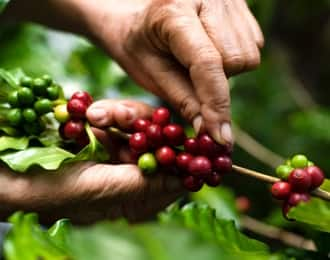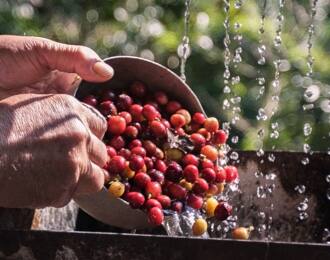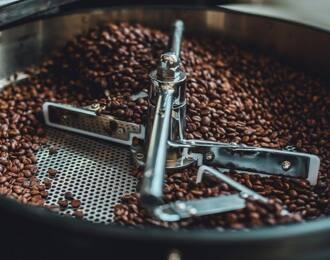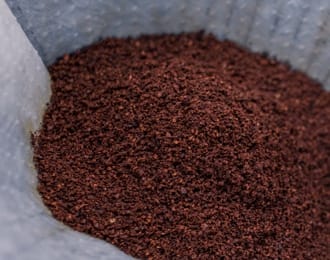The coffee processing methods.
To preserve their quality, cherries need to be processed right after they have been picked and sorted. This can be done in different ways:
The natural or dry process, during which the beans dry out in the sun. It is common in regions where there is no access to water, such as Ethiopia and some regions in Brazil, but not practical in rainy or humid areas.
The dry process adds sweet and fruity notes to the cup. On the other hand, fermented and wild flavors can also be found.
The washed or wet process
Beans are first depulped, then they are put in a water tank where the fermentation process starts. If the fermentation is too long, there can be a negative effect on the flavor of the coffee. After the fermentation, the coffee beans are washed and then dried.
With this method, the beans’ qualities are well preserved, producing a higher quality green coffee with acidic and complex flavours in the cup.
Semi-washed process which, compared to the wet process, skips the fermentation phase
Pulped natural or honey process, a relatively new method, half-way between dry and wet, that requires more processing time and consumes more water, but also offers a better-quality cup.
